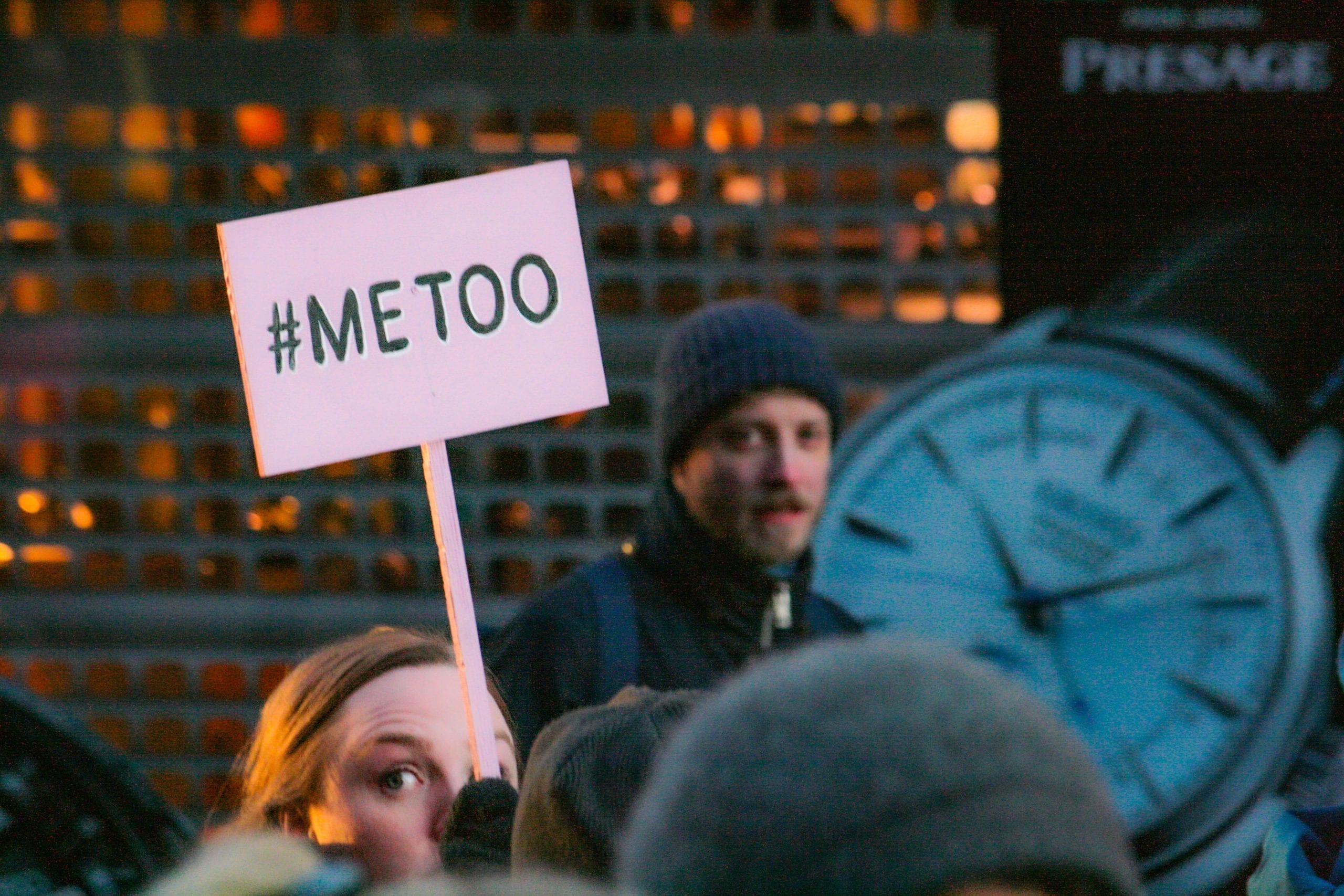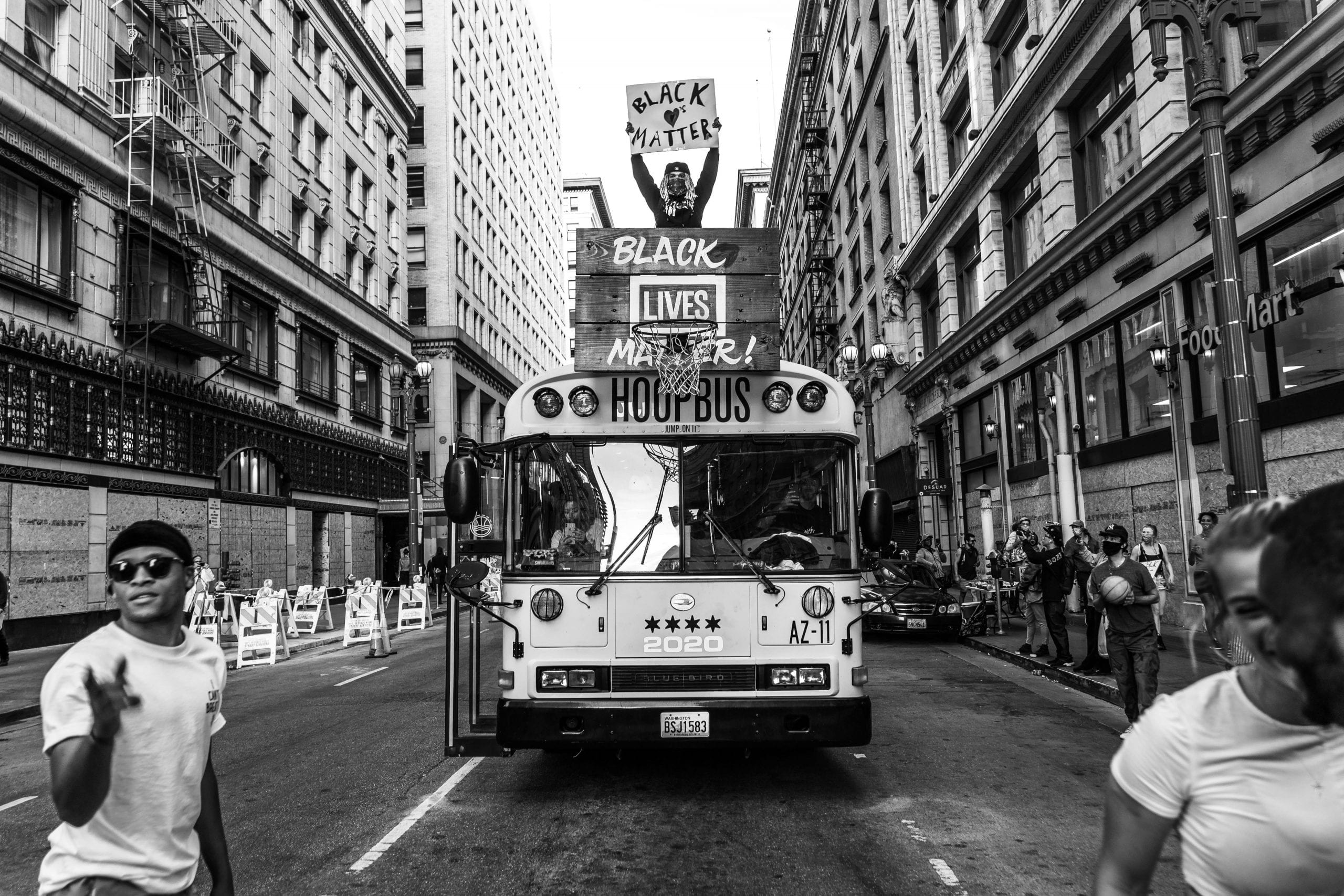When 13-year-old Heaven approached counselor Tarana Burke wishing to share her story of sexual violence, Burke was conflicted.
As much as she wanted to help, Burke was a survivor herself and, in that moment, did not have the strength to listen to the young girl’s words. She ended up cutting Heaven off after just five minutes and referred the girl to another counselor instead. It was in that experience that Burke felt the weight of the two words she didn’t have the strength to say: “me too.”
Soon after in 2006, Burke founded the “me too.” Movement, a community of resources and support for those affected by sexual violence. Then, after over a decade of local grassroots work, the movement suddenly received a massive wave of support in 2017 after a tweet by actress Alyssa Milano went viral in response to the exposure of Harvey Weinstein’s crimes. As more and more survivors shared their stories, awareness spread. Supported by a community of activists that connect and grow through empathy, the “me too.” Movement continues its fight against sexual violence to this day.

From #MeToo to Black Lives Matter, countless movements have taken off successfully and gained support from the global public. It wouldn’t be a stretch to say that the world is currently experiencing the largest wave of mass social movements in history. But what is it about these modern times that have reared so many social movements? How did they initially spark and how were they able to become a widely recognizable movement garnering global support?
What sets modern social movements apart
According to political process theory, one of the key components of a successful social movement is the existence of societal structures that enable mobilization. These structures are essentially any existing community that allows people to come together and connect on the issues. Historically, these were most commonly local organizations, with movements being tied to churches or schools. Today, social media has proven to be one of the most powerful channels of connection.
Online communities have changed the way social movements spark and take hold. Social media platforms give activists a greater reach than ever, allowing more and more movements to make an impact. These days, awareness of a particular issue is often spread through shared posts and trending tags. From #MeToo to the #ALSIceBucketChallenge, many modern social movements can be recognized by their hashtags. With shareable content and simple, memorable language, these movements gained widespread attention by going viral on social media.
But trending hashtags are not movements—not unless they have purpose and leadership behind them. Without either, the “movement” is likely to become a passing memory.
Growing a social movement beyond a trend
In the review titled “Together We Rise: How Social Movements Succeed,” researchers discuss how, at its core, growing a social movement is about turning bystanders into upstanders—into advocates for change. And the most effective way to do this? Through fostering genuine connections with others, especially on a one-on-one or local level.
Several researchers, including the author of How Change Happens: Why Some Social Movements Succeed While Others Don’t Leslie Crutchfield, have concluded that the most successful social movements are the ones with a strong grassroots foundation. Rather than focusing on elite political spheres or trending hashtags, these movements take care to ensure that the organizer on the ground or the supporter on Twitter has the resources needed to continue connecting with and advocating in their local communities.

#BlackLivesMatter began with a Facebook post by activist Alicia Garza in response to the acquittal of Trayvon Martin’s murderer in 2013. It could have easily been just one trend to come and go if it wasn’t for activists’ dedication to grassroots organizing. The movement persisted into 2014, with the organization of the Black Life Matters “Freedom Ride” to Ferguson following the murder of Mike Brown. The demonstration inspired attendees from other cities to go home and establish Black Lives Matter chapters in their own communities, growing the network to more than 40 chapters. These continued grassroots efforts were the backbone of the global Black Lives Matter demonstrations that sparked after the murder of George Floyd in 2020.
But how exactly do you create connections that inspire bystanders to join and grow a movement? According to Gia Nardini, storytelling and humanity should be prioritized when bringing awareness to the issues at the center of a movement. Great examples include the Me Too and Say Her Name movements, which are rooted in sharing personal accounts and exchanging empathy. Equally as important is having a clear purpose and call-to-action. These moments of connection should instill a sense of optimism that something should and can be done rather than anger or sadden others into helplessness.
How leaderful movements make an impact
Ultimately, no matter how casually a movement is sparked, it will need leaders to step up and steer it forward. After all, if a clear purpose and call-to-action are needed to bring others into the cause, someone needs to define that purpose and develop a strategy.
It’s been found, though, that modern social movements have been more successful with decentralized models of leadership than those centered around key charismatic figures. Called the “leaderful” approach, movements like Black Lives Matter reject both hierarchical and purely flat decision-making models. Instead, “leaderful leaders influence the movement’s focus, strategy, and network structure, but they also acknowledge and realize that ultimate power is amassed by empowering others,” as described in “Together We Rise: How Social Movements Succeed.”
How do you create connections that inspire bystanders to join and grow a movement?
Tying this need for purpose and leadership together, author of “Leading Change: Leadership, Organization and Social Movements” Marshall Ganz defines leaders of social movements as those who accept “responsibility to create conditions that enable others to achieve shared purpose in the face of uncertainty.” Propelling a movement toward growth and change are leaders that empower others to seek change, make decisions, and become leaders themselves.
In the same way that effective organizations must have their values aligned both internally and externally, social movements gain power—defined by Rev. Martin Luther King as the “ability to achieve purpose”—only when those within are empowered as well. Injustices and vulnerabilities in society exist, but change does not come from making others feel helpless. Through efforts to connect, a clear purpose, and empowerment of others, social movements become poised to succeed and garner international support.
Photo credit: “IMG_4325” by GGAADD is licensed under CC BY-SA 2.0. Additional photo by Omar Prestwich.


Thanks. Fascinating topic and well articulated writing. I think you are correct in emphasising the extraordinary scale of the current emergence of mass social movements. We saw some signs of this already in the anti-globalisation movements of the 1990s, which were already able to utilise the Internet. It seems, however, that the increased use of social media platforms have a lot to do with the radicalisation of these movements and the polarisation of politics in general, as mentioned in your article. In brief, globalisation and technologicical development play a role in this development. This is only half of the picture, however, which urged me to send this brief comment.
What puzzles me in this respect is the huge difference with let’s say the research on social movements by Prof. Manuel Castells’ “The Urban Question” published in the 1970s and “The City and the Grassroots” (1983) and the research conducted after the new wake of identity political movements, as described for example by Prof. Frank Furedi and many others (https://www.spiked-online.com/2017/12/01/the-hidden-history-of-identity-politics/ and https://www.spiked-online.com/2019/03/01/a-perpetual-war-of-identities/). Something essential has happened in this respect. For example, some Civil Rights Movement activists cannot fully accept the approach of BLM or anti-racism advocates, due to the latter’s deviation from legitimate demand for equality and their increased tendency to intimidation and even violence.
Prof. Jonathan Haidt has made a distinction between two types of identity politics, which resonates with the previous point. The old style identity politics relies on ‘common humanity’ principles and seeks a common denominator that is determined on the basis of a vision for a better future for us all, while the new mode of identity politics is a ‘common enemy’ style approach, which exaggerates and mines differences and emphasises the need of historical-structural explanations of any differences that may be traced between identity groups and assumed elite groups, the latter vaguely associated with white supremacist heteronormative capitalist patriarchy (https://www.thersa.org/blog/2018/12/haidt).
My point is that it is difficult to portray decently the current mass social movements without taking into account increased antagonism, wokeness and sensitivity that seem to embrace living in late modernity.